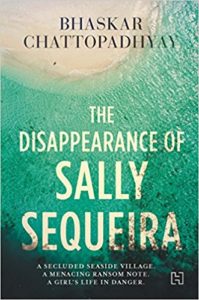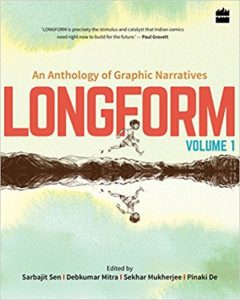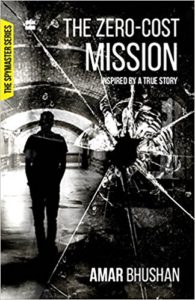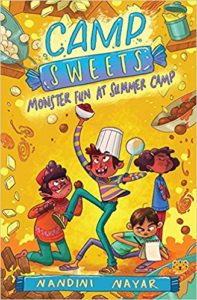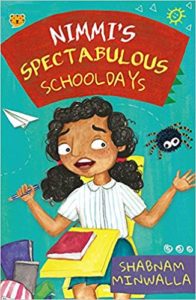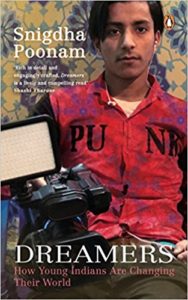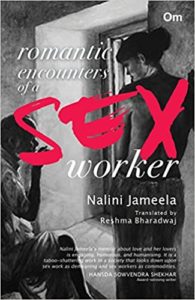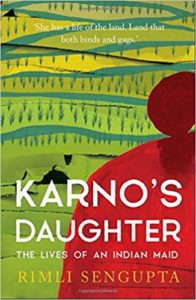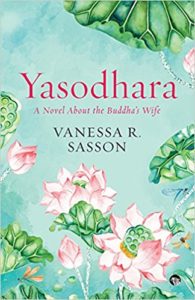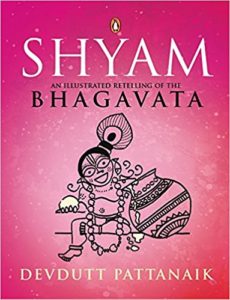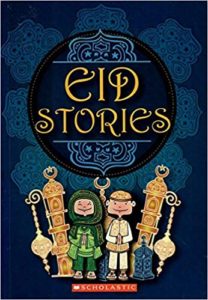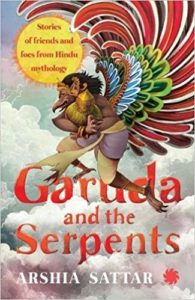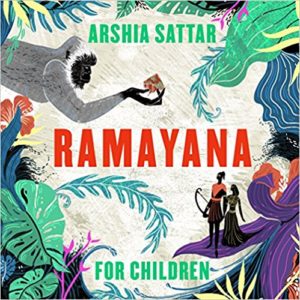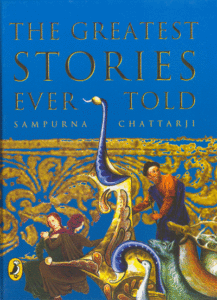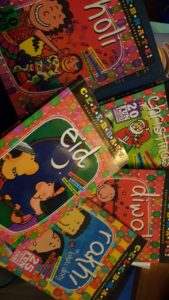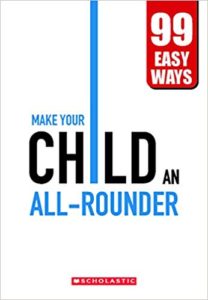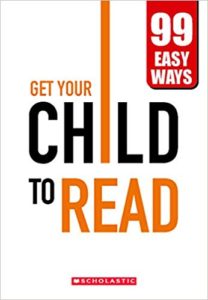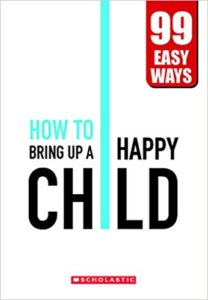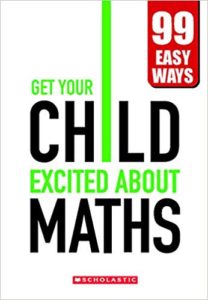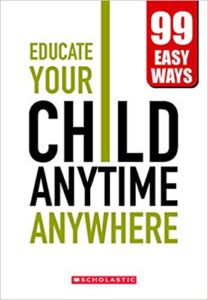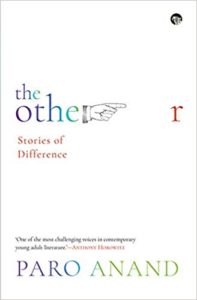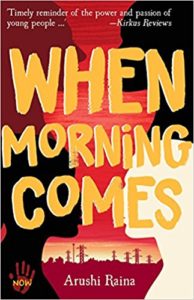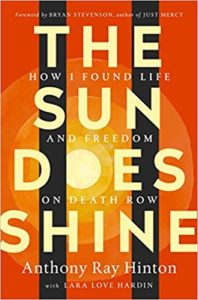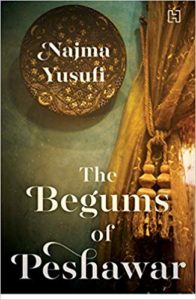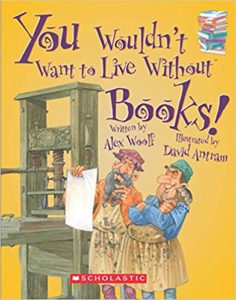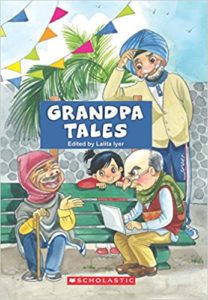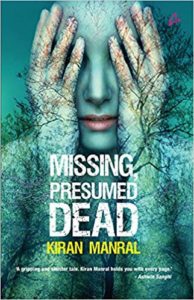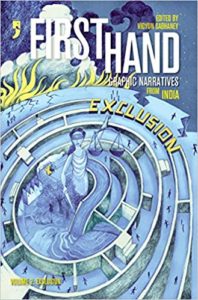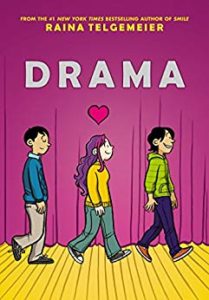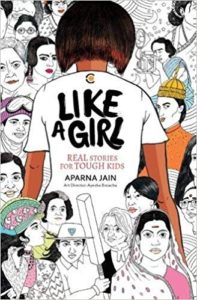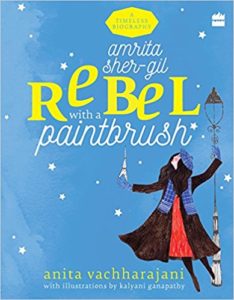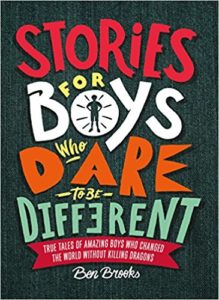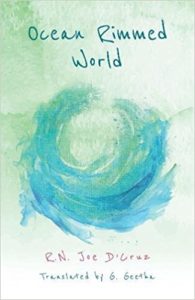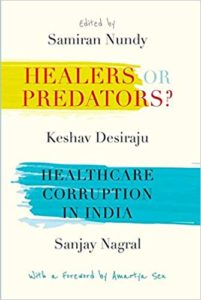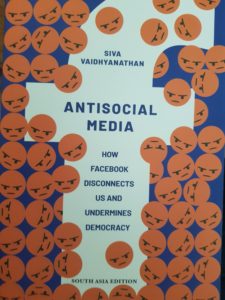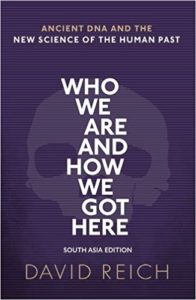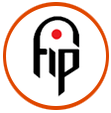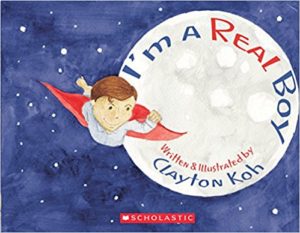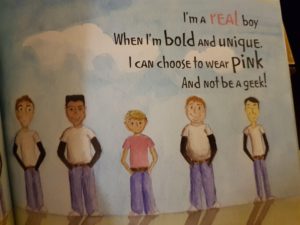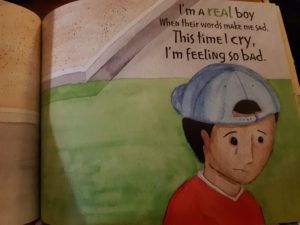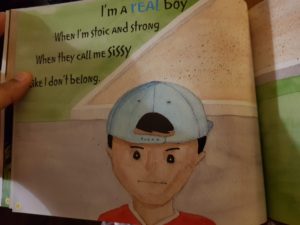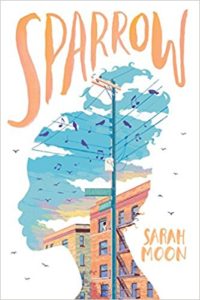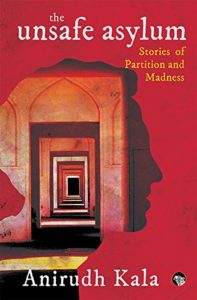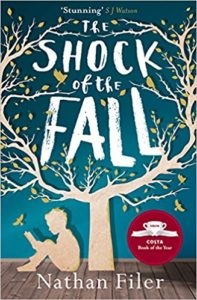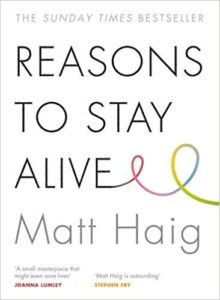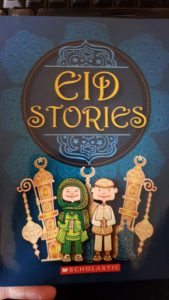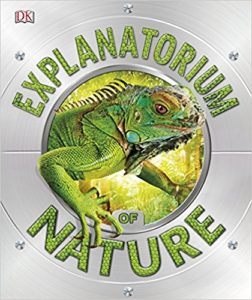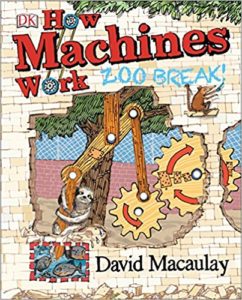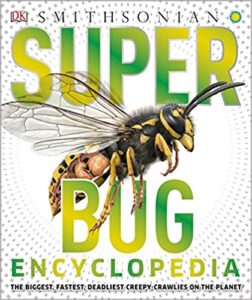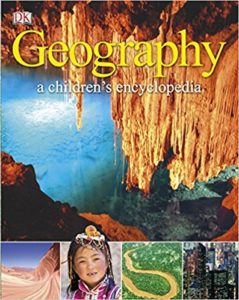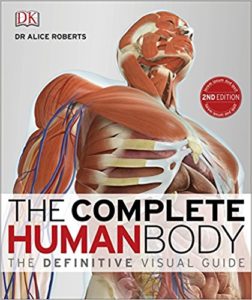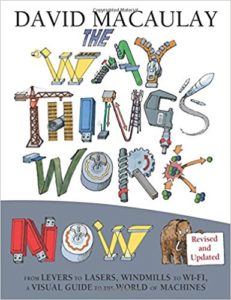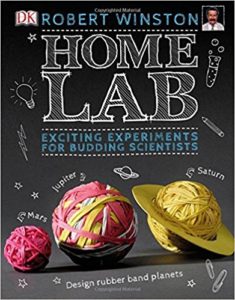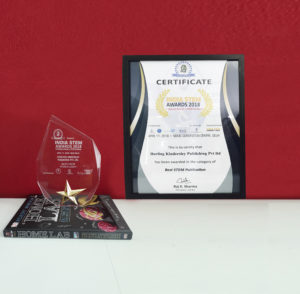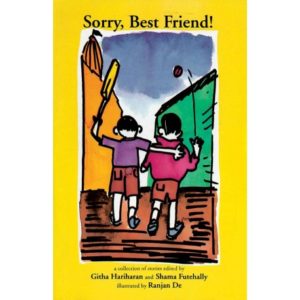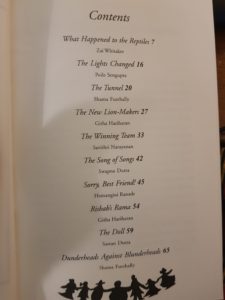Biographies for the new-age reader
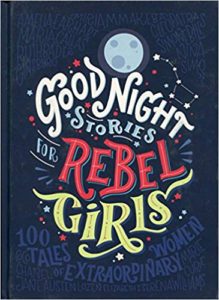 Biographies of well-known personalities have always delighted readers for generations. Apart from being curious about how personalities reached the zenith of their profession/chosen field, life histories are always inspirational stories. What more can one ask for if they are presented in stunning layouts with rich colours and crisp text. In this audio-visual age even printed books are becoming more and more splendiferous to behold.
Biographies of well-known personalities have always delighted readers for generations. Apart from being curious about how personalities reached the zenith of their profession/chosen field, life histories are always inspirational stories. What more can one ask for if they are presented in stunning layouts with rich colours and crisp text. In this audio-visual age even printed books are becoming more and more splendiferous to behold.
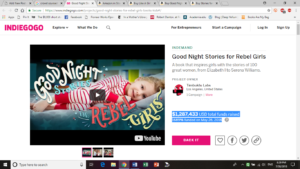 Of the books discussed in this article the original idea was launched by Elena Favilli and Francesca Cavallo when they crowd sourced funds for Good Night Stories for Rebel Girls: 100 Tales of Extraordinary Women. According to the Indiegogo site they used to crowdsource funds $1,287,433 USD were the total funds raised, which was 1689% funded on May 26, 2016. It became a publishing phenomenon as it was an idea that caught the imagination of people all over the world. Apart from which the project was over subscribed. The book published lived up to expectations with its mini-biographies of over 100 women thrilling girls and boys. It is a zany collection of profiles with crisp storytelling and beautiful
Of the books discussed in this article the original idea was launched by Elena Favilli and Francesca Cavallo when they crowd sourced funds for Good Night Stories for Rebel Girls: 100 Tales of Extraordinary Women. According to the Indiegogo site they used to crowdsource funds $1,287,433 USD were the total funds raised, which was 1689% funded on May 26, 2016. It became a publishing phenomenon as it was an idea that caught the imagination of people all over the world. Apart from which the project was over subscribed. The book published lived up to expectations with its mini-biographies of over 100 women thrilling girls and boys. It is a zany collection of profiles with crisp storytelling and beautiful 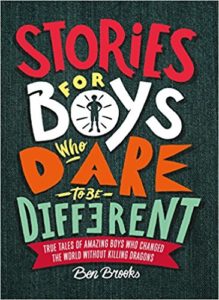 layouts. The second volume has also been announced.
layouts. The second volume has also been announced.
The success of this unique publishing idea inspired many more and this time the books were readily commissioned by the firms. For instance, Stories for Boys Who Dare to be Different: True Tales of Amazing Boys Who Changed the World Without Killing Dragons by Ben Brooks, published by Quercus. Once again an eclectic collection of mini-biographies that more or less adhered to the formula launched in the bestseller Good Night Stories for Rebel Girls. Ben Brooks has profiled a diverse and inclusive set of individuals from around the world who were not all necessarily famous but “went on to make the world a better place through compassion, generosity and self-belief”. Once again it is a fabulous collection of wacky mini-biographies that are just the right mix of text and full-page illustration to spark an interest in the individual and their achievements to hopefully prompt the reader to explore further. In any case the mini-stories make for fascinating tales.
In India an equally splendid hardback compilation such as the previous two books mentioned, Like a Girl: Real 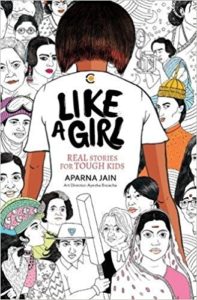 Stories for Tough Kids is of women achievers and was launched by Westland/Amazon. An interesting collection of 51 biographies that spill into more than two or three pages. Nevertheless the neat experimentation of exploring art styles for illustrating the profiles with a variety of artists and different techniques is a unique way of creating a
Stories for Tough Kids is of women achievers and was launched by Westland/Amazon. An interesting collection of 51 biographies that spill into more than two or three pages. Nevertheless the neat experimentation of exploring art styles for illustrating the profiles with a variety of artists and different techniques is a unique way of creating a  book. It was inspired by Rebel Girls but Like a Girl veered away from the formulaic presentation and developed a character of its own which is fine except that the biographies presented are of all “well-known” Indian personalities. It is not a combination of the established names as well as those equally significant women who made their mark at local and national level. Perhaps a second volume is being planned which will take into account a wider variety of names. ( Read more about the collaboration in this Hindu article, published on 17 July 2018.)
book. It was inspired by Rebel Girls but Like a Girl veered away from the formulaic presentation and developed a character of its own which is fine except that the biographies presented are of all “well-known” Indian personalities. It is not a combination of the established names as well as those equally significant women who made their mark at local and national level. Perhaps a second volume is being planned which will take into account a wider variety of names. ( Read more about the collaboration in this Hindu article, published on 17 July 2018.) 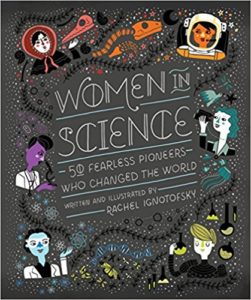
Nevertheless these books are a delight to behold, possess and read. They tickle the mind in the right way so as to make one curious about the people and their world. Like these books there are a couple more examples that are worth listing. The 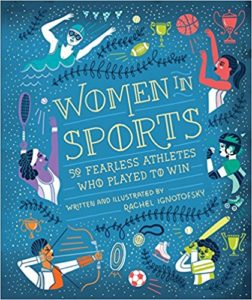 Periodic Table of Feminism which is delightful in the way the “precious metals” or the initials of prominent women have been classified according to the 1st, 2nd, 3rd and 4th waves of feminism. The book is a pure delight if it were not for the spelling error of Malala Yousafzai in the end papers where “Malala has been spelt with a “y” — “Malaya”. A bit unfortunate since Malala is a figure recognised globally apart from which she is the youngest Nobel Prize winner so this spelling mistake is rather unfortunate. The second book worth mentioning is Women in Science: 50 Fearless Pioneers who Changed the World and its companion volume Women in Sports.
Periodic Table of Feminism which is delightful in the way the “precious metals” or the initials of prominent women have been classified according to the 1st, 2nd, 3rd and 4th waves of feminism. The book is a pure delight if it were not for the spelling error of Malala Yousafzai in the end papers where “Malala has been spelt with a “y” — “Malaya”. A bit unfortunate since Malala is a figure recognised globally apart from which she is the youngest Nobel Prize winner so this spelling mistake is rather unfortunate. The second book worth mentioning is Women in Science: 50 Fearless Pioneers who Changed the World and its companion volume Women in Sports.
All in all a visual and informative treat that will work splendidly as books for pleasure as well as edutainment.
30 July 2018

